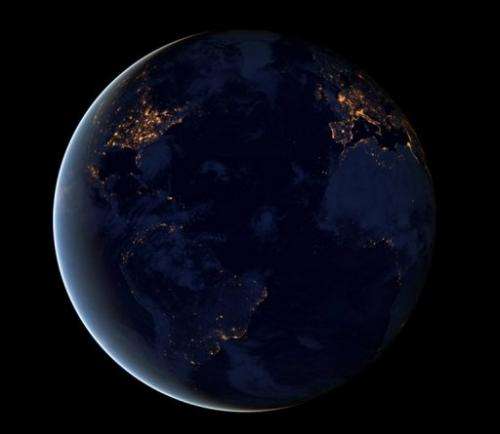42 million km saved Earth from dry, Venus-like fate, study reports

Similar in size and often referred to as twin planets, Earth and Venus evolved from common origins into two contrasting worlds - one dry and inhospitable, the other wet and teeming with life.
The reason has had science stumped, until now.
Writing in the journal Nature on Wednesday, a Japanese research team said the answer was to be found in the planets' respective proximity to the Sun.
Though relatively close on a cosmic scale (Earth is 150 million kilometres or 93 million miles from the Sun and Venus 108 million km), the planets most likely orbit on either side of a "critical distance" from their central star, the team wrote.
This would explain, the researchers contended, why two similar-sized planets, almost identical in their molten state at the moment of creation about 4.5 billion years ago, can look so different once solidified.
At some 12,000 km, Venus' diameter is about 95 percent that of Earth, and its mass about 80 percent. It orbits between Earth and Mercury, the closest planet to the Sun.
As for their differences: Venus has no surface water and a heavy, toxic atmosphere comprising almost exclusively carbon dioxide.
Its average surface temperature is a searing 477 degrees Celsius (890 deg Fahrenheit).
The study authors said a type I planet like the Earth, formed beyond the "critical distance" from its host star, would have time to solidify from its molten magma state within several million years, trapping water in rock and under its hard surface.
However, type II planets, of which Venus may be an example, would remain in a molten state for longer, as much as 100 million years, as it got more of the Sun's heat—with more time for any water to escape.
Venus has not yet been categorised because it is so near to the line of critical distance, though its dryness would be characteristic of a type II planet, said the team.
The new method may be useful in the study of planets beyond our own solar system—helping to determine which ones would be most likely to host life, the researchers added.
"The present results indicate that for habitable planets, rapid ocean formation would have occurred within several million years of planet formation," they wrote.
More information: Nature paper: dx.doi.org/10.1038/nature12163
Journal information: Nature
© 2013 AFP





















